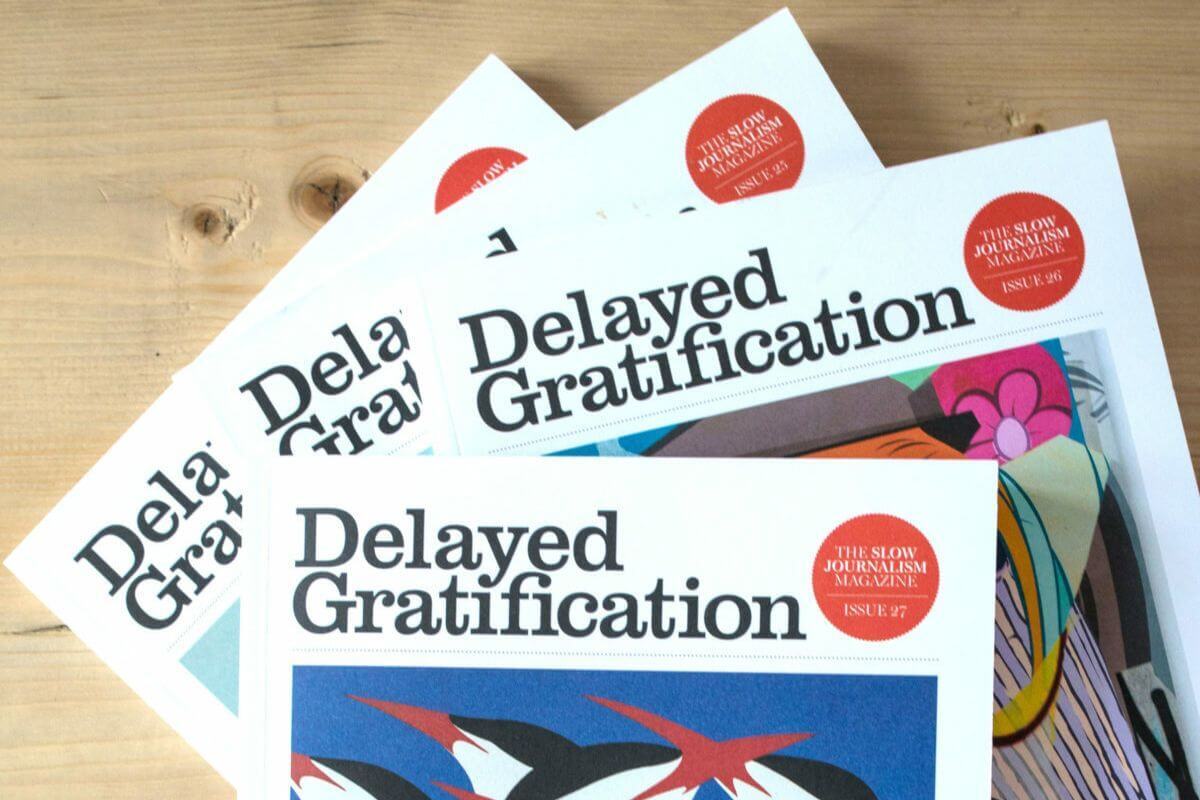Is it worth advertising in magazines?
If you’re following this, you’ll start to see how independent magazines can offer brilliant advertising potential, especially if you find the right fit for your audience.
Independent magazines are able to use their often niche content to offer an excellent home for like-minded brands. A good example of this is found with Rouleur (published just 8 times a year), a magazine that is only interested in cycling. And only high-end road cycling at that.
The luxury bike brands that advertise in the mag know that the only people reading will be heavily invested already. There is little wastage, brands don’t just have permission to talk to the audience, they are encouraged to. They are a part of the enjoyment of the magazine.
Advantages of magazine advertising
One of the luxuries (for both audience and brands alike) in reading an independent magazine is the time spent on it. Advertisers often tussle with the conundrum that although we spend ever more time online as a whole, we spend even less time on single items/pages online. Magazines, on the other hand, and independent magazines particularly, allow the consumer, editorial and brand the space to connect in a more relaxed way. Here are seven reasons why print isn't going anywhere.
If you want to get the best return from your magazine advertising, choosing the right ad placement, writing compelling copy and integrating print and digital are key. We can help your print campaigns stand out with our expert magazine advertising services.
How much does it cost to advertise in a magazine?
If you’ve ever had a sales email from one of the UK’s top titles, you’ll know advertising spreads can be very expensive - even up to £300,000 or more. However, as we’ve seen with independent magazines, knowing your niche can help you work with publications that are smaller, more affordable and highly targeted for your brand.
For example, advertising in an independent magazine could cost you from £150 for a small ad to around £2,000 or more for a full-page spread. Remember though, you can also negotiate for better rates, especially if you’re considering a multi-issue contract. We've shared more on how to plan your advertising budget here.



